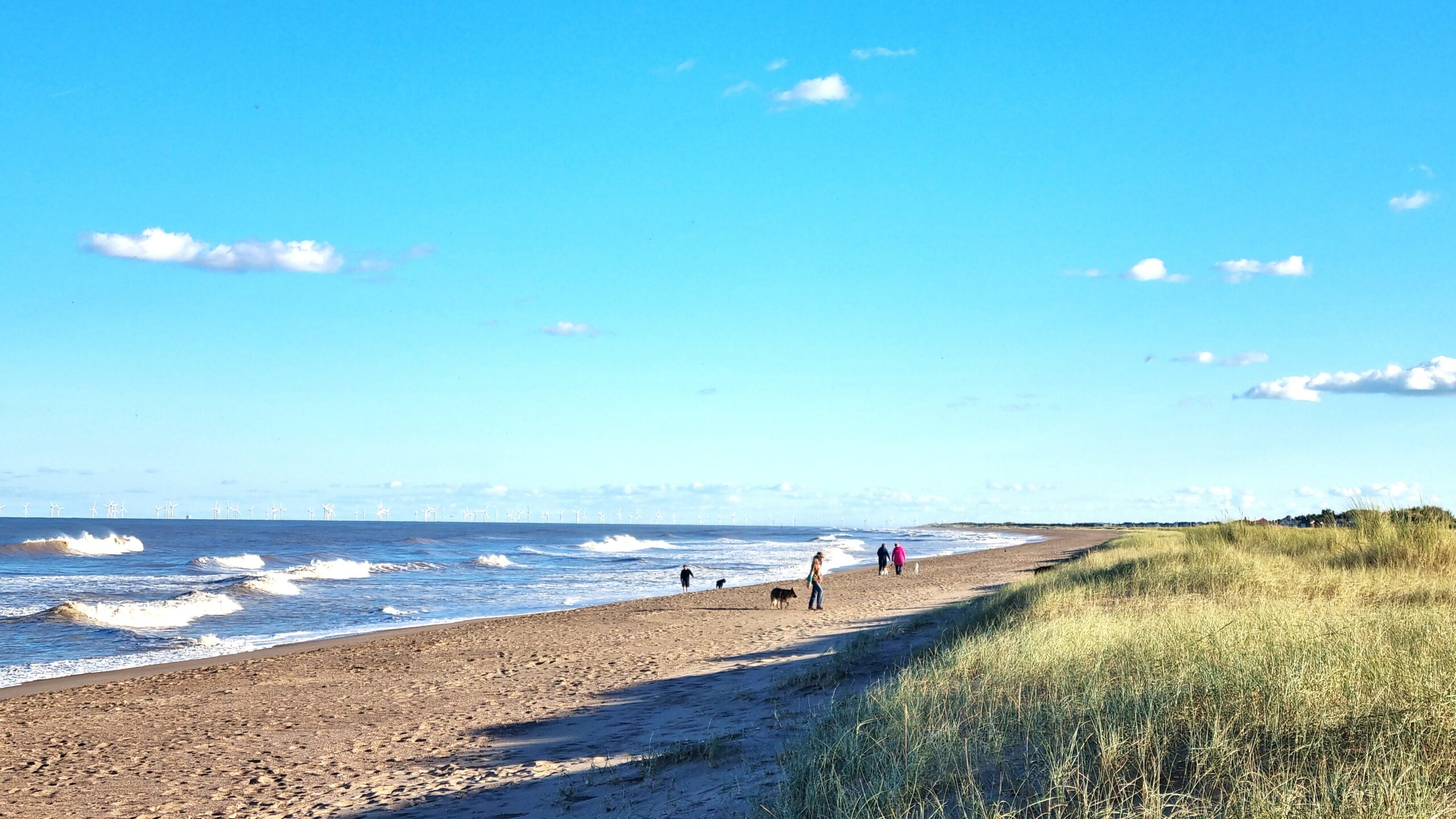Back to the Blog
Coastal Changes – Man made and natural
Those of you who are familiar with the Lincolnshire sandy beaches may will have noticed changes over the years. In the nineteenth century wooden groynes were built perpendicular to the beach and into the sea to stabilise the sand. These persisted into the late 20th century when many were reinforced by granite blocks and concrete defences. The wooden groynes are still there but have been covered by attempts to create sea defences with pumped-in sand to create a more ‘natural’ beach. The wooden groynes, although man-made, had considerable advantages. They had a resemblance to tree stumps and the trees from which they were made, giving them some aesthetic appeal They created a useful wind barrier to shelter from the sometimes chilly sea breezes. They created turbulence in the sea currents and made little pools which were much favoured by sea life, and they were useful as back stops for a game of beach cricket! In recent years the planted marram grass has started to spread. It reinforces the sand dunes with its root system and does indeed produce a more natural beach background, whilst providing some defence from the sea, although the concrete promenades remain as extra protection behind the dunes, for now. However, even in the past twenty years it has become apparent how hungry the North Sea is to reclaim some of the sand that was removed from just off shore.

Published by charles at October 02, 2024, 10:55 am
